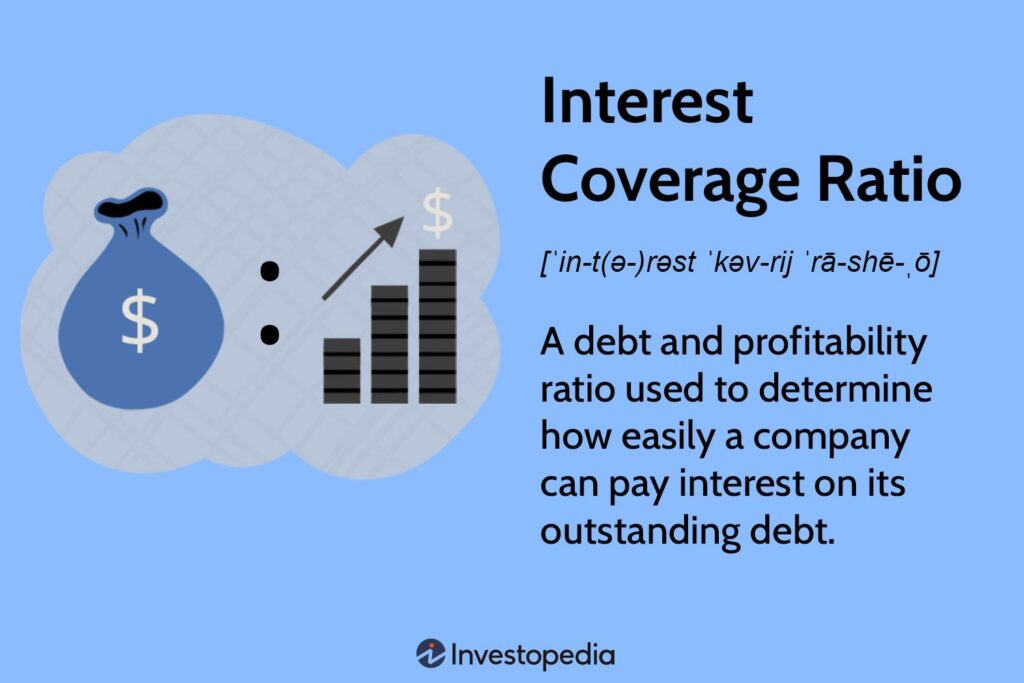When it comes to making purchases, consumers have a variety of payment methods at their disposal. From credit cards to personal loans and payday loans, each method comes with its own set of terms and conditions, including interest rates.
Interest rates can have a significant impact on the overall cost of a purchase, especially when it comes to borrowing money. Understanding which payment method typically charges the highest interest is crucial for making informed financial decisions.
Credit Cards
Credit cards are a popular payment method that allows consumers to make purchases on credit with the promise of paying back the borrowed amount at a later date. However, credit cards are also known for their high-interest rates, making them one of the costliest payment methods in terms of interest charges.
With an average interest rate of around 16% to 25% APR, credit cards can quickly accumulate interest charges if the balance is not paid in full each month. Additionally, some credit cards may have even higher interest rates, especially for those with lower credit scores.

Credit: www.media.stellantis.com

Credit: en.wikipedia.org
Payday Loans
Payday loans are short-term, high-interest loans typically used by individuals who need quick access to cash. These loans often come with exorbitant interest rates, making them one of the most expensive forms of borrowing.
Interest rates for payday loans can reach triple digits, with APRs of 300% or even higher in some cases. Due to their high costs, payday loans are generally considered a last resort for borrowers facing urgent financial needs.
Personal Loans
Personal loans are unsecured loans that can be used for various purposes, including debt consolidation, home improvements, or unexpected expenses. While personal loans typically offer lower interest rates than credit cards and payday loans, the specific rate can vary based on the borrower’s creditworthiness.
Interest rates for personal loans may range from 6% to 36% APR, depending on the lender and the borrower’s credit profile. Those with excellent credit scores are more likely to qualify for lower interest rates, while borrowers with poor credit may face significantly higher rates.
Comparing Interest Rates
When evaluating which payment method typically charges the highest interest, it’s essential to compare the annual percentage rates (APRs) offered by different sources of credit. A higher APR indicates a higher cost of borrowing, resulting in more significant interest charges over time.
The table below provides a comparative overview of the typical interest rates associated with credit cards, payday loans, and personal loans:
| Payment Method | Typical Interest Rates (APR) |
|---|---|
| Credit Cards | 16% – 25% (may vary based on credit score) |
| Payday Loans | 300% or higher (triple-digit APRs) |
| Personal Loans | 6% – 36% (varies based on creditworthiness) |
As evident from the table, payday loans stand out as the payment method with the highest interest rates, often reaching alarming triple-digit percentages. Credit cards also impose substantial interest charges, especially for individuals carrying a balance from month to month.
Frequently Asked Questions On Which Payment Method Typically Charges The Highest Interest: Unveiling The Impact
– Question: Which Payment Method Charges The Highest Interest Rates?
– **Answer**: Credit cards usually have the highest interest rates among different payment methods due to their revolving credit nature.
– Question: What Are Some Strategies To Avoid High Interest Payments?
– **Answer**: To avoid high interest payments, consider paying off your credit card balances in full every month or opting for payment methods with lower interest rates.
– Question: Are There Alternatives To Credit Cards With Lower Interest Rates?
– **Answer**: Yes, options like personal loans or lines of credit from financial institutions often offer lower interest rates compared to credit cards.
– Question: How Can Payment Methods With Lower Interest Rates Benefit Me?
– **Answer**: Utilizing payment methods with lower interest rates can save you money in the long run and reduce the burden of high interest charges.
Conclusion
When it comes to identifying the payment method that typically charges the highest interest, payday loans emerge as the clear frontrunners due to their exorbitant triple-digit APRs. Credit cards also pose significant interest costs, particularly for those with higher outstanding balances and lower credit scores.
For borrowers seeking more affordable financing options, personal loans offer a comparatively lower interest rate range, although the actual rate will depend on individual credit circumstances. Making informed decisions about payment methods and their associated interest charges is essential for maintaining financial health and minimizing the overall cost of borrowing.

